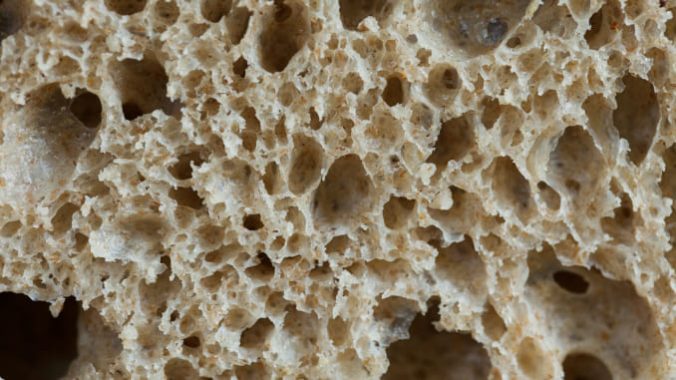With Apologies to King Arthur: The Flour We Left Behind
Photo by Spring Fed Images/Unsplash
There was nothing more nauseating than the thought of watching a thousand episodes of One Piece for an entire summer with my brothers in the upstairs den. Cooped up in our childhood home at the outset of the pandemic in March of 2020, I hadn’t taken to the show they’d become fanatical about, instead retreating into my own private world of sourdough bread. It was a momentary curiosity but something I never thought I could actually do myself. I figured as a notoriously impatient person that I’d likely quit if I didn’t immediately achieve an airy, open crumb with a bubbly, active sourdough starter to boot.
I began, as many green bakers do, with Ken Forkish’s Flour Water Salt Yeast, a foundational, almost biblical text in the world of sourdough bread, a book that teaches bakers the fundamentals of mixing and maintaining a starter, kneading, oven and atmospheric temperature (which can drastically alter the end result), as well as which Dutch oven, thermometer, lame, flour and banneton to use. In fits and starts, I fed my starter a mixture of flour and water, breathing life into the microorganisms that would expel CO2, causing the starter to grow more or less ferociously based on how often I fed it. There were failed attempts because it was too cold in the kitchen, too hot in the oven, I used the wrong kind of rice flour, I attempted to handle the dough with dry hands, and, well, I forgot to pray to whatever deity would will a semi-serviceable loaf into existence. I had mixed results, but when it hit, it hit. There is simply no conversation starter, no party trick, no date gift like a fresh loaf of sourdough bread; it connotes time and effort, and when done well, infers a deft hand and attention to detail in its maker.
The most astounding part of my hobby was that I thought it was a niche one, specific enough that I wouldn’t have to compete for attention and adoration of friends and Instagram followers when I sported my many loaves online. Nothing could be further from the truth.
Somewhere around 2020, sourdough became a cottage industry, hot on the lips and out of the ovens of a populace stuck at home and unsure of what to do with themselves. The hobby had become so ubiquitous, flour so commonplace in American households, that there were quickly shortages of both flour, yeast (inessential to sourdough) and baking equipment at grocery stores. It became—like any national pastime—a cutthroat competition for some. Bakers would ratchet up the hydration levels or the percentage of water to dough of their loaves to the point where the dough could only be handled by the most seasoned or fanatical bakers.
-

-

-

-

-

-

-

-

-

-

-

-

-

-

-

-

-

-

-

-

-

-

-

-

-

-

-

-

-

-

-

-

-

-

-

-

-

-

-

-








































